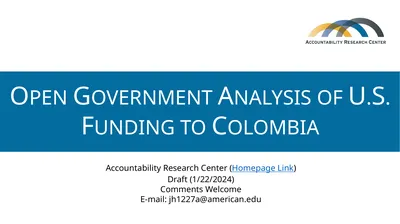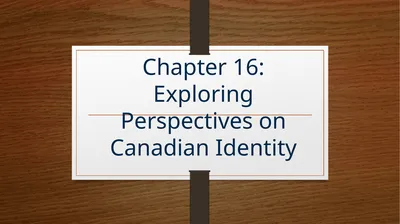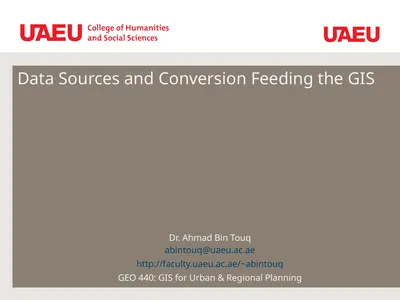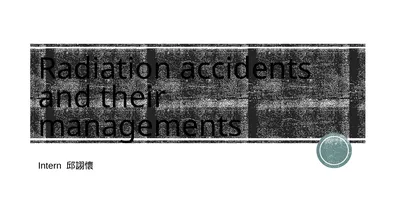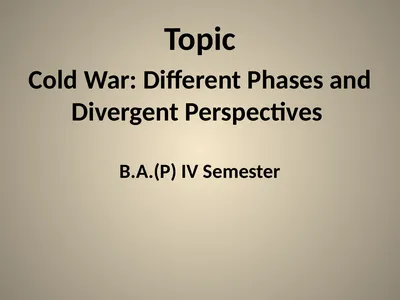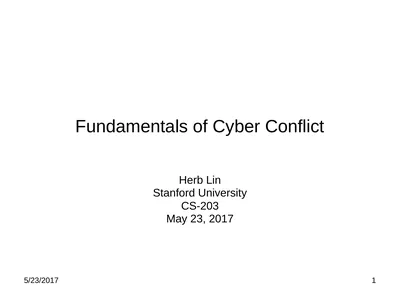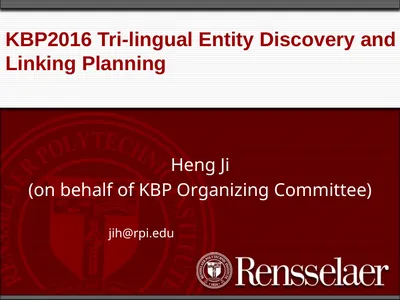
lindy-dunigan
CDS NI Tariff Supplement Module Jan 2021 1 |
CDS NI Tariff Supplement Module Jan 2021 1 | Secur...
Open Government Analysis of U.S. Funding to
Open Government Analysis of U.S. Funding to Colomb...
Industrial policy, economic concentration and
Industrial policy, economic concentration and gove...
Croeso | Welcome to ABS Level 3 Business Lecture
Croeso | Welcome to ABS Level 3 Business Lecture S...
STAPHYLOCOCCUS Staphylococci are : -Gram positive
STAPHYLOCOCCUS Staphylococci are : -Gram positive ...
Chapter 16: Exploring Perspectives on Canadian
Chapter 16: Exploring Perspectives on Canadian Ide...
Good Night Mr Tom Read chapter 6 Note down
Good Night Mr Tom Read chapter 6 Note down anythin...
Data Sources and Conversion Feeding the GIS Dr.
Data Sources and Conversion Feeding the GIS Dr. Ah...
GST – KEY topics GST SEMINAR EIRC 3RD APRIL 2024
GST – KEY topics GST SEMINAR EIRC 3RD APRIL 2024...
SQUADRA TECHNOLOGIES security Removable Media
SQUADRA TECHNOLOGIES security Removable Media Mana...
Industrial training in Hyderabad Presented by
Industrial training in Hyderabad Presented by G.RA...
Technology Blueprint Discussion Paper Published
Technology Blueprint Discussion Paper Published 03...
Radiation accidents and their managements Intern
Radiation accidents and their managements Intern �...
Advisory Board on Toxic Substances and Worker
Advisory Board on Toxic Substances and Worker Heal...
Canada & The Cold War Section 9 The Cold War
Canada & The Cold War Section 9 The Cold War Durin...
Topic Cold War: Different Phases and Divergent
Topic Cold War: Different Phases and Divergent Per...
Fundamentals of Cyber Conflict Herb Lin Stanford
Fundamentals of Cyber Conflict Herb Lin Stanford U...
Transitioning to a 21st Century U. S. Navy For the
Transitioning to a 21st Century U. S. Navy For the...
KBP2016 Tri-lingual Entity Discovery and Linking
KBP2016 Tri-lingual Entity Discovery and Linking P...
Endowing a Game-Based Learning Hub for Augmenting
Endowing a Game-Based Learning Hub for Augmenting ...
Projects Management Tool Survey of Projects
Projects Management Tool Survey of Projects Manage...



